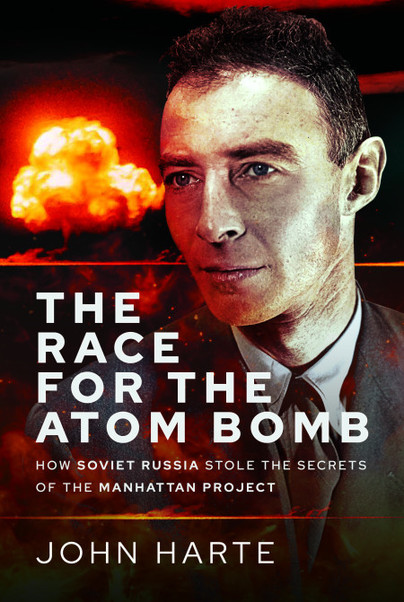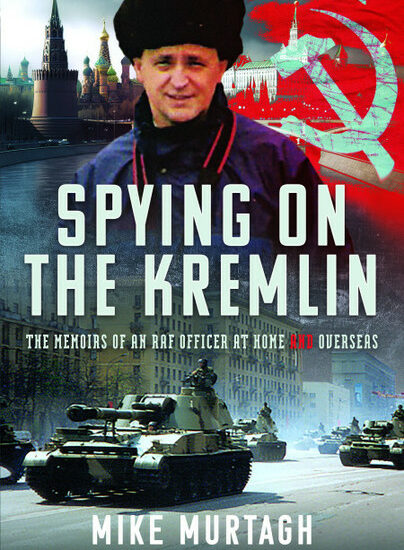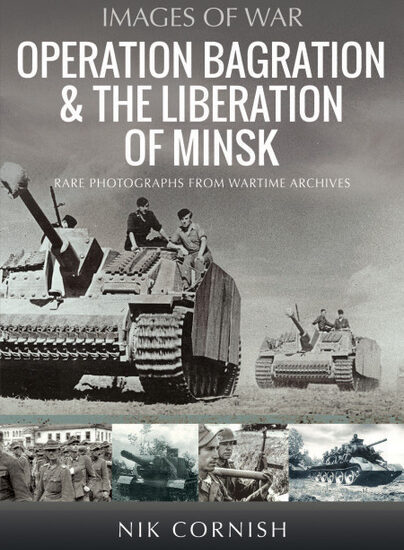The Race for the Atom Bomb
Author guest post from John Harte.
The first book published by Pen & Sword Military Publishers by historian John Harte was entitled The Race for the Atom Bomb. But the sting was in the tail, so to speak, because it is an espionage book. Its subtitle is How Soviet Russia Stole the Secrets of the Manhattan Project. It was published in 2023.
It appeared to be auspicious that a monumental film about Robert Oppenheimer – the physicist who managed The Manhattan Project to develop the first ever nuclear bomb – turned out to be a disadvantage, because most readers wrongly assumed that it was a book of the film. On the contrary. Whereas the film was biographical description of the brilliant intellectual physicist Robert Oppenheimer, Harte’s book was largely about an experienced KGB spy known as “Kitty Harris,” among many other code names given to her by the KGB in Moscow Centre.


Whereas the movie focused on the trial of Robert Oppenheimer as a security risk, because so many of his friends and colleagues were communists, Harte’s book describes how the first nuclear bomb came to be made by Americans when it became known that Hitler’s German scientists were developing a number of secret weapons which could include an atomic bomb. If the Nazis had produced the first nuclear bomb, Nazi Germany would win World War 2 and threaten the world with extinction. The race was on by Stalin, to copy every innovation and development of the American bomb in the desert of Los Alamos in New Mexico.
Russia’s KGB had a safe-house in Los Alamos. It had been used as a base from where one of Stalin’s spies had assassinated the revolutionary Leon Trotsky in 1940. When the Manhattan Project commenced two years later in 1942, the safe-house was reopened by Moscow’s star spy-master Elizabeth Zarubin. She contacted her star pupil Kitty Harris, who was also known by numerous other names to deceive anyone following her trail, including “Carmen,” “Ada,” and “Edda.” Kitty had been one of their best spies for many years, acting as a courier and running safe-houses. Her orders now were to seduce Robert Oppenheimer, who was in the process of organizing the Manhattan Project and hiring leading scientists for his team. Oppenheimer was introduced to Kitty Harris at a garden party in August 1939, when she was a married woman of 29. She fell in love with him immediately, and did her best to conceal it from Moscow Center.
Because of Kitty’s usefulness as a KGB asset, the Kremlin had created numerous stories about her background to confuse anyone following her trail, which would lead into a dead-end whichever of her pseudonyms they attempted to penetrate and follow. One was that she was dead. Another was that she was under close psychiatric treatment in a clinic. None of them was true.
Elizabeth Zarubin’s orders were to befriend the physicists working on the project and obtain the secrets of how to make an atomic bomb, which Stalin’s scientists would copy – hopefully ahead of the Americans, the British, and of course Werner Heisenberg. He was the brilliant physicist who was thought to head the German team of nuclear scientists. It would require speed to prevent Hitler from developing the first nuclear bomb and winning World War 2. He would threaten the world if he did. And there was no doubt that he would use it.
One of Robert Oppenheimer’s many mistakes was to hire a Soviet Spy named Klaus Fuchs to join his team. Another mistake was the love affair that ensued between the neurotic and accident-prone Kitty and the brilliant intellectual physicist Robert Oppenheimer, who was socially naïve. Did she deliberately trap him into marriage by becoming pregnant, or not? No one was sure. But she knew he was a gentleman and would not let her down.
Robert and his wife Katherine were watched, day and nigh, by the Manhattan Project’s security officers, since it was run by the United States military. She was also watched by a longtime intelligence officer who was convinced she was a KGB spy. It was always touch-and-go. But they could prove nothing. John Harte has tackled the subject of espionage in two previous books. One is about three intelligence officers who ignited the Arab Revolt in 1918, which helped to end the First World War by using Arab irregulars under the leadership of Lawrence of Arabia. The other is entitled The Greatest Spy. A new paperback edition of The Greatest Spy is scheduled to be published by Harte’s New York publisher in September.

Order your copy here.

